Posterior Reversible Encephalopathy Syndrome Prognosis
Posterior reversible encephalopathy syndrome prognosis. Symptoms of 25 patients with posterior reversible encephalopathy syndrome Generalised seizures occurred in 88 of the patients. PRES is a neuro-clinical syndrome with specific imaging findings. Associations with PRES include renal failure preeclampsia and eclampsia autoimmune conditions and immunosuppression.
Posterior reversible encephalopathy syndrome is a clinicoradiologic entity with typical MR imaging showing a white matter vasogenic edema predominantly affecting the occipital and parietal lobes of the brain. 1 Although the prognosis is usually favorable mortality rates of up to 15 have been reported. The cause of PRES is not yet understood.
It associates consciousness impairment varying in severity seizure activity headaches visual abnormalities nauseavomiting and focal neurological signs 2. The aim of this article is evaluated the importance of DWI as a prognosis factor in patients with PRES. Posterior reversible encephalopathy syndrome PRES was fi rst described by Hinchey and colleagues1 in 1996 as a clinical and radiological syndrome characterised by a reversible predominantly posterior leukoencephalopathy associated with a cluster of signs and symptoms.
2 It is determined by. The clinical manifestations of PRES include headache seizures encephalopathy visual disturbances and focal neurologic deficits. Its incidence is unknown having been reported in a wide range of ages from 14 to 78 years with an average age of 44 years and a malefemale ratio of 081.
Posterior reversible encephalopathy syndrome PRES is a clinicoradiological entity that was highlighted by Hinchey et al. Posterior reversible encephalopathy syndrome PRES is a rare complication of various clinical entities. Posterior reversible encephalopathy syndrome PRES is described as a clinical-radiological disease entity with good prognosis.
Posterior reversible encephalopathy syndrome PRES was first described by Hinchey and colleagues1 in 1996 as a clinical and radiological syndrome characterised by a reversible predominantly posterior leukoencephalopathy associated with a cluster of signs and symptoms including headache vomiting confusion seizures cortical blindness other visual abnormalities and motor signs. A fatal case of posterior reversible encephalopathy syndrome is presented and. PRESposterior reversible encephalopathy syndrome Other common symptoms include headache and visual disturbances decreased visual acuity visual field deficits cortical blindness or hallucinations.
Posterior reversible encephalopathy syndrome PRES is a clinicoradiologic entity characterized by headaches altered mental status seizures and visual loss and is associated with white matter vasogenic edema predominantly affecting the occipital and parietal lobes of the brain. In brain MRI PRES generally presents with vasogenic edema.
Posterior reversible encephalopathy syndrome is a clinicoradiologic entity with typical MR imaging showing a white matter vasogenic edema predominantly affecting the occipital and parietal lobes of the brain.
Posterior reversible encephalopathy syndrome is an illness with multiple causes and distinctive clinicalradiological characteristics that should be known by intensivists and emergency room physicians for a timely diagnosis and treatment. Posterior reversible encephalopathy syndrome PRES is a neurological disorder which is characterised by variable symptoms which include visual disturbances headache vomiting seizures and altered consciousness. The aim of this article is evaluated the importance of DWI as a prognosis factor in patients with PRES. Posterior reversible encephalopathy syndrome is a clinicoradiologic entity with typical MR imaging showing a white matter vasogenic edema predominantly affecting the occipital and parietal lobes of the brain. Although PRES is induced by various causes a small number of PRES cases have occurred after red cell blood transfusion. Associations with PRES include renal failure preeclampsia and eclampsia autoimmune conditions and immunosuppression. PRESposterior reversible encephalopathy syndrome Other common symptoms include headache and visual disturbances decreased visual acuity visual field deficits cortical blindness or hallucinations. Posterior reversible encephalopathy syndrome PRES is a clinicoradiologic entity characterized by headaches altered mental status seizures and visual loss and is associated with white matter vasogenic edema predominantly affecting the occipital and parietal lobes of the brain. Posterior reversible encephalopathy syndrome PRES is a rare complication of various clinical entities.
PRESposterior reversible encephalopathy syndrome Other common symptoms include headache and visual disturbances decreased visual acuity visual field deficits cortical blindness or hallucinations. Although PRES is induced by various causes a small number of PRES cases have occurred after red cell blood transfusion. PRESposterior reversible encephalopathy syndrome Other common symptoms include headache and visual disturbances decreased visual acuity visual field deficits cortical blindness or hallucinations. The cause of PRES is not yet understood. In brain MRI PRES generally presents with vasogenic edema. Posterior reversible encephalopathy syndrome PRES was fi rst described by Hinchey and colleagues1 in 1996 as a clinical and radiological syndrome characterised by a reversible predominantly posterior leukoencephalopathy associated with a cluster of signs and symptoms. Posterior reversible encephalopathy syndrome PRES is a rare complication of various clinical entities.
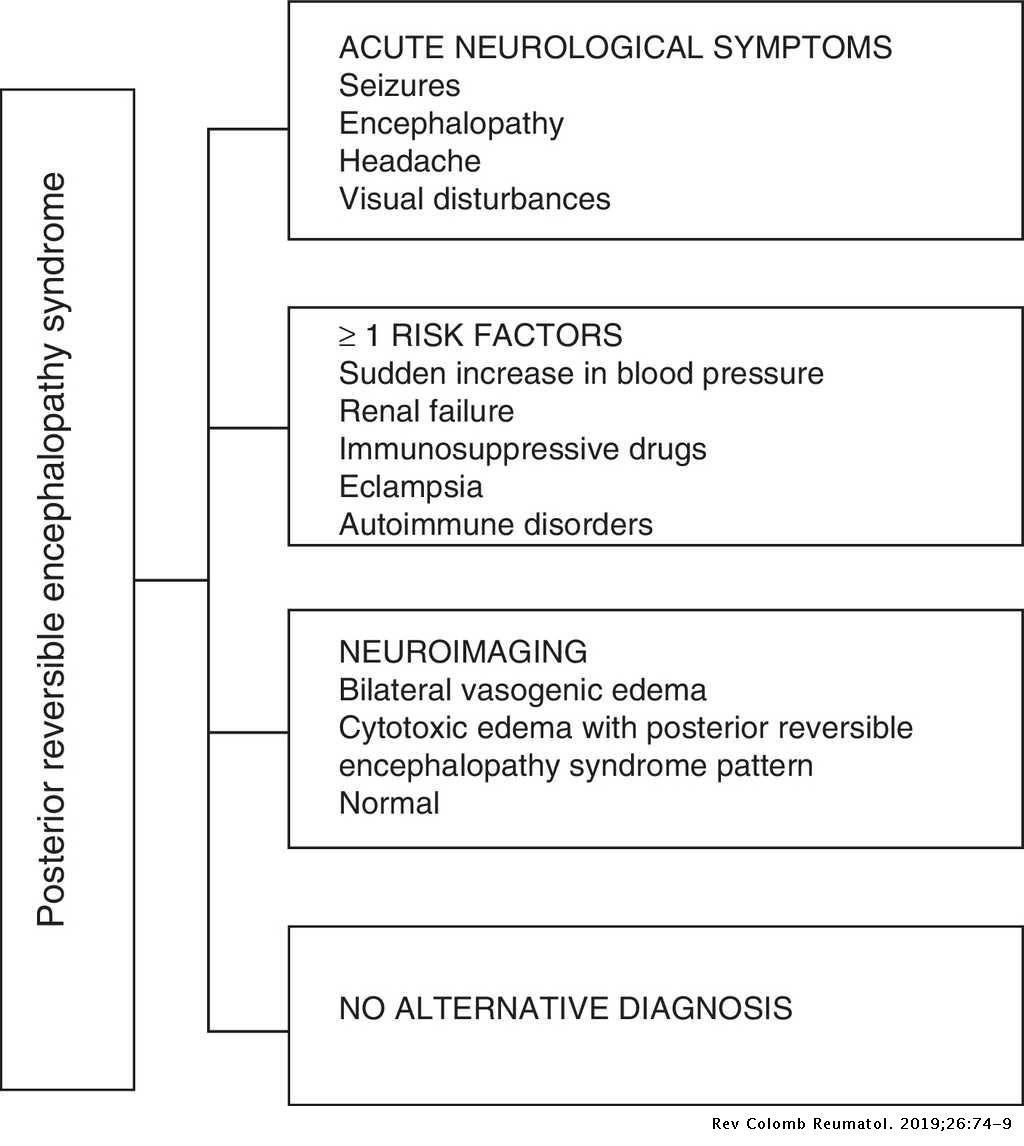






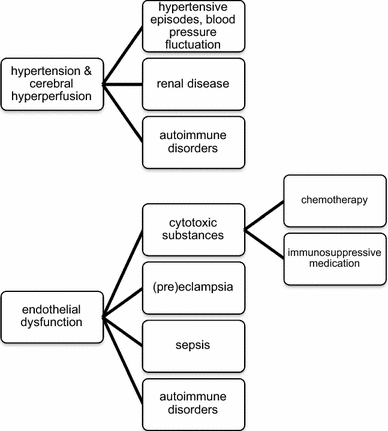











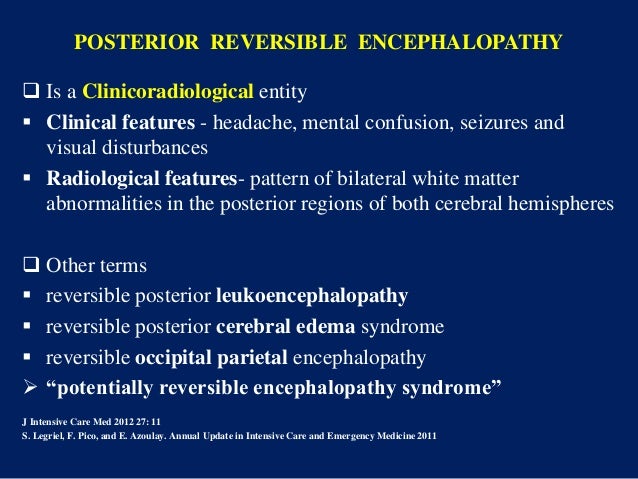
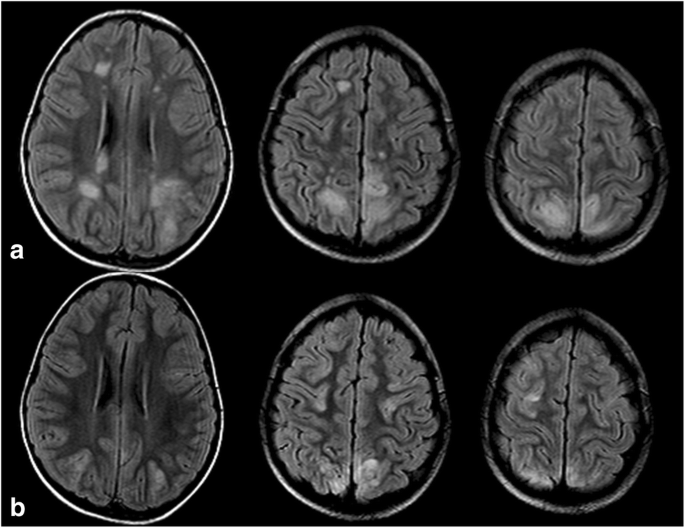
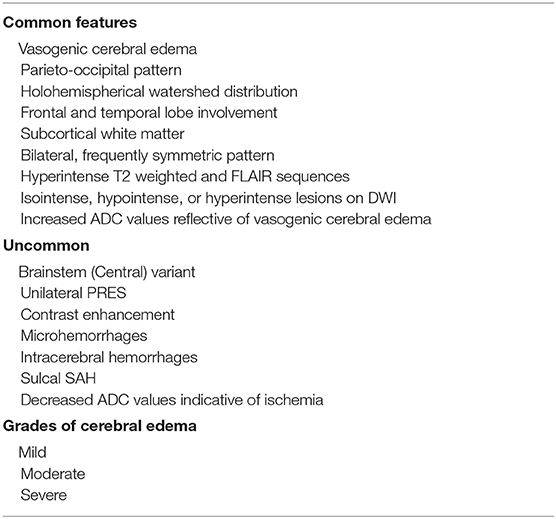


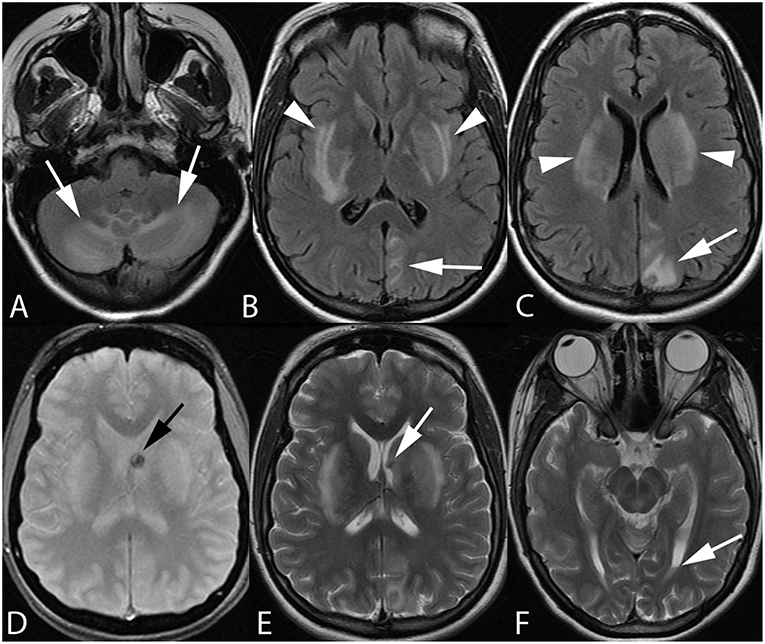
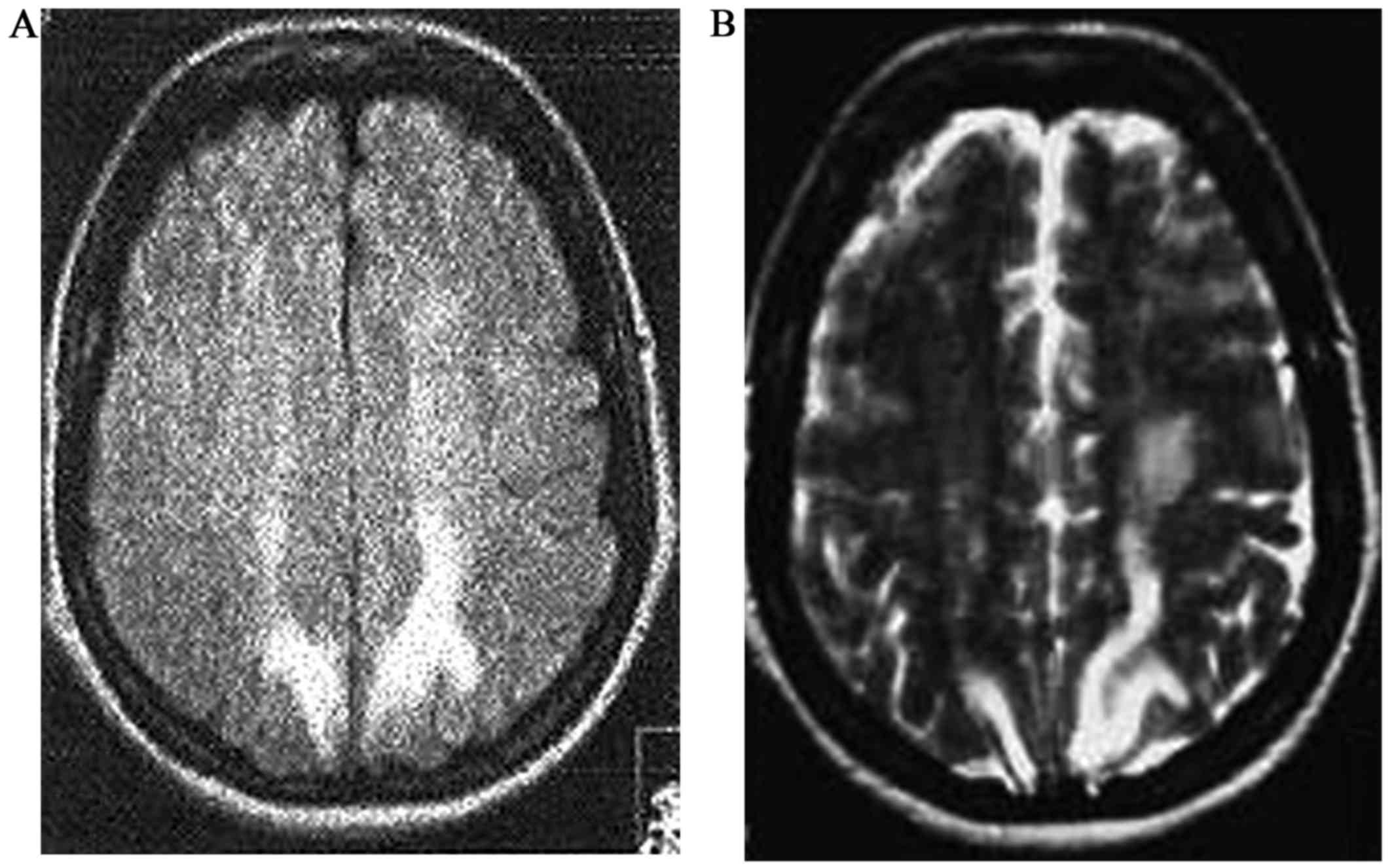


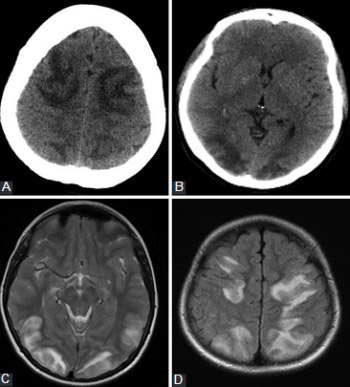




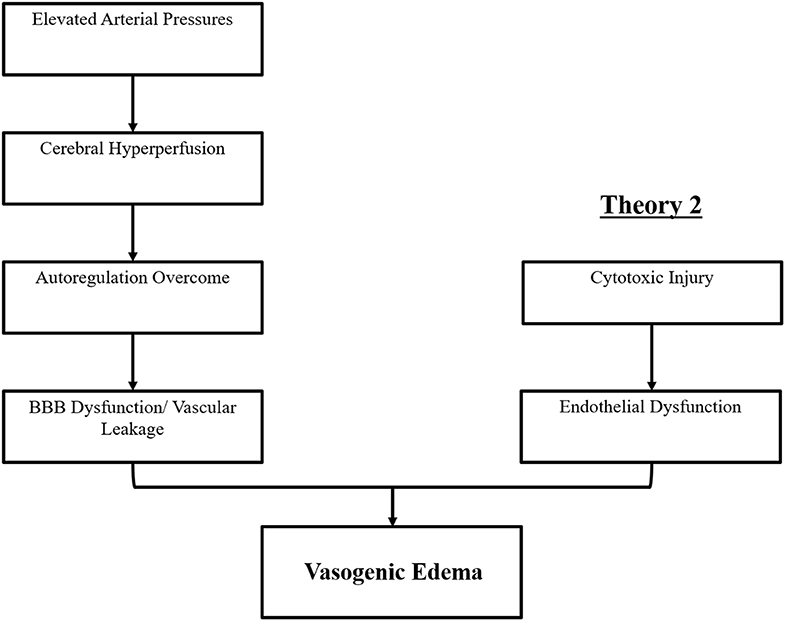

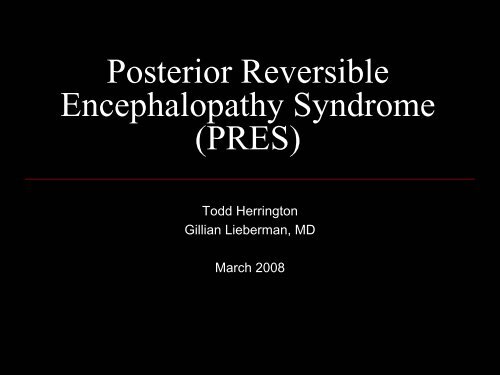
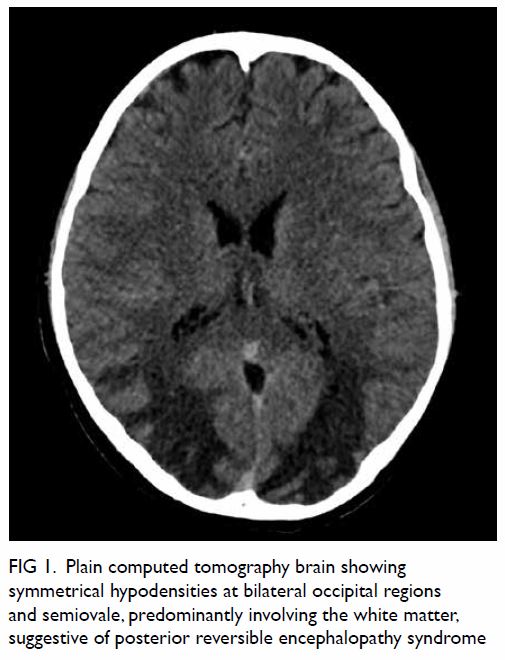




Post a Comment for "Posterior Reversible Encephalopathy Syndrome Prognosis"